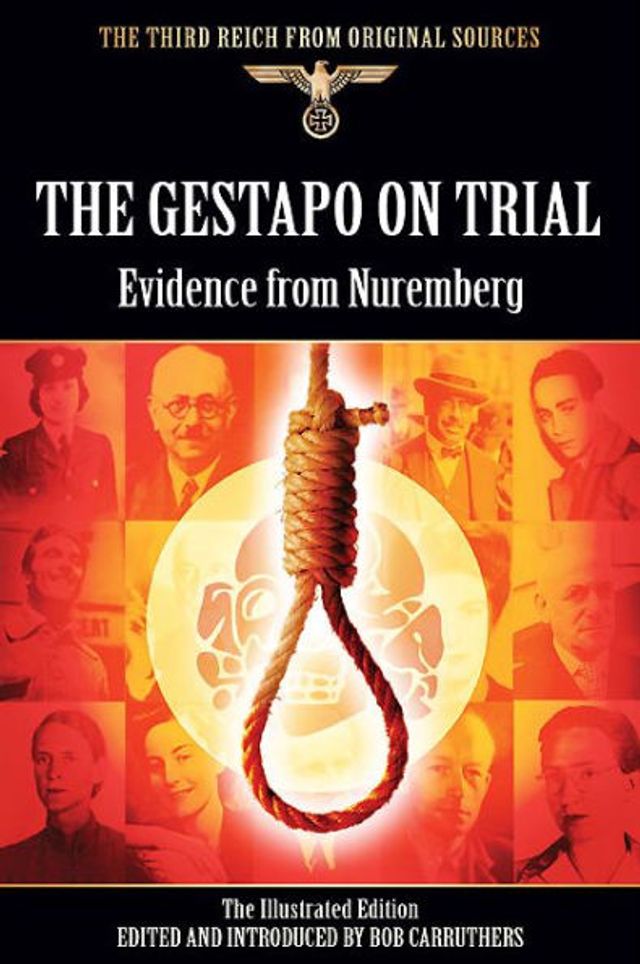Home
The Crimes of the Gestapo: From the Closed Files of MI14
Loading Inventory...
Barnes and Noble
The Crimes of the Gestapo: From the Closed Files of MI14
Current price: $29.95


Barnes and Noble
The Crimes of the Gestapo: From the Closed Files of MI14
Current price: $29.95
Loading Inventory...
Size: OS
*Product Information may vary - to confirm product availability, pricing, and additional information please contact Barnes and Noble
A unique account of the Gestapo through the eyes of British intelligence. The book also reveals that the Gestapo was not as all powerful as it is often assumed.
MI14 was set up in 1940 as a clearing house for intelligence from and about Nazi Germany. In addition to their own networks and operations, MI14 also had the benefit of intelligence from MI5, MI6, and MI9. The Gestapo was one of their main areas of MI14 interest.
Established in 1933 as Department 1A of the Prussian State Police, the Gestapo (a contraction of Geheime Staatspolizei – state secret police) soon became identified as the Nazis’ leading instrument of repression and synonymous with the brutality and terror of the regime. Charged with state security it singled out opponents, real or imaginary, within Germany and the occupied territories, brutally suppressing it with torture and execution and actively sought to promote the Nazi state’s perverse policies.
The book also reveals that the Gestapo was not as all powerful as it is often assumed and shows that it was often under-resourced and overstretched and relied to a great extent on the willingness of ‘ordinary Germans’ to provide information on suspected opponents and targeted its terror against a relatively small group of opponents.
MI14 was set up in 1940 as a clearing house for intelligence from and about Nazi Germany. In addition to their own networks and operations, MI14 also had the benefit of intelligence from MI5, MI6, and MI9. The Gestapo was one of their main areas of MI14 interest.
Established in 1933 as Department 1A of the Prussian State Police, the Gestapo (a contraction of Geheime Staatspolizei – state secret police) soon became identified as the Nazis’ leading instrument of repression and synonymous with the brutality and terror of the regime. Charged with state security it singled out opponents, real or imaginary, within Germany and the occupied territories, brutally suppressing it with torture and execution and actively sought to promote the Nazi state’s perverse policies.
The book also reveals that the Gestapo was not as all powerful as it is often assumed and shows that it was often under-resourced and overstretched and relied to a great extent on the willingness of ‘ordinary Germans’ to provide information on suspected opponents and targeted its terror against a relatively small group of opponents.


















